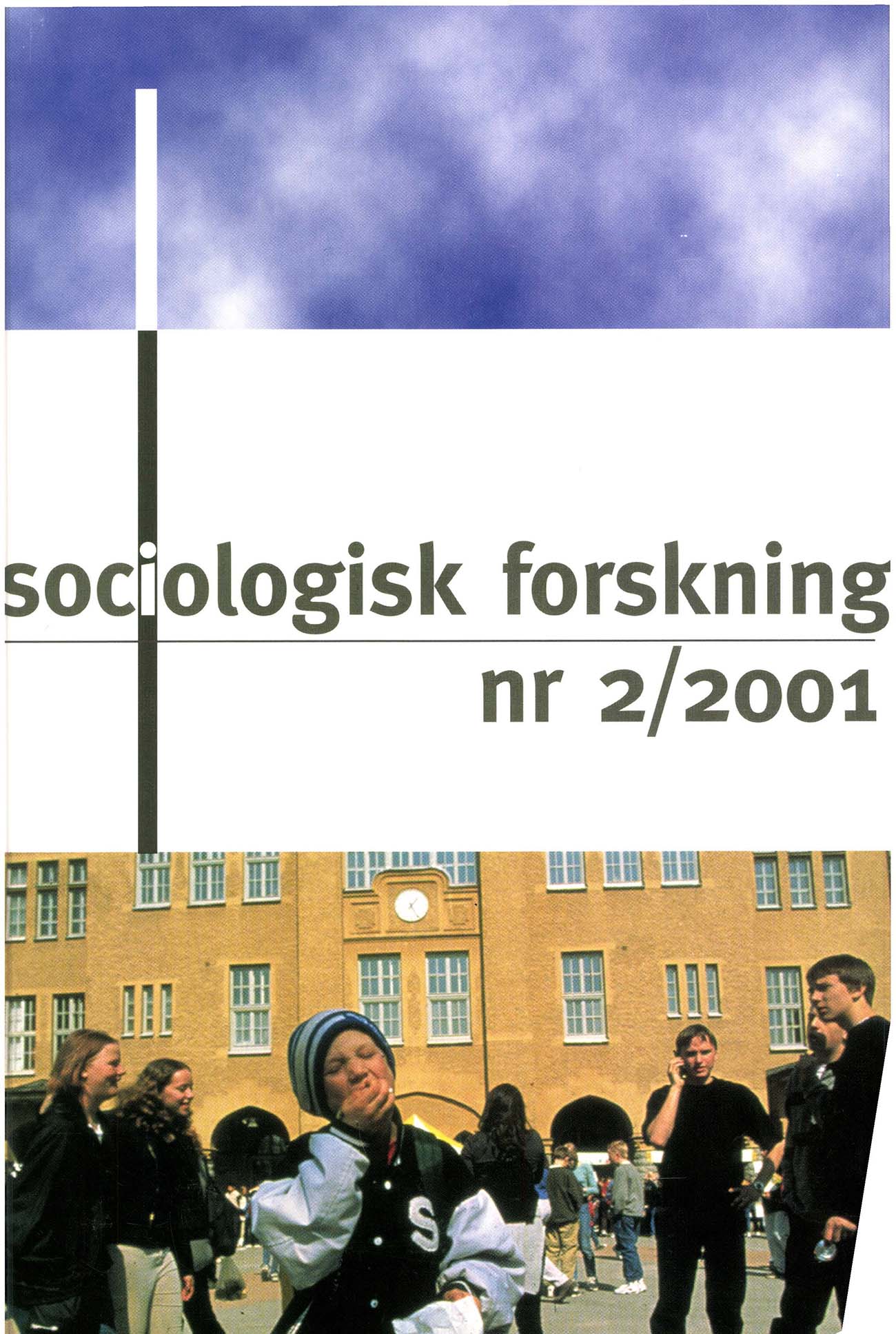Mobbning: en sociologisk diskussion
DOI:
https://doi.org/10.37062/sf.38.19453Nyckelord:
arena, social games, mechanisms, transformationsAbstract
Harassments: a sociological discussion
The article tries to establish a sociological model of bullying and continuous harassment, a phenomenon named “mobbning” in Swedish. The model is under construction, and the main issue in the article is to locate and formulate the important aspects of how “mobbning” originates and why it continues. “Mobbning” is a common phenomenon, and has proved to be difficult to outroot despite continuous efforts. The phenomenon is characterized by a particular combination of exclusion and harassments. The model presented in the article is founded on a relation between this combination and a certain set of action arenas, characterized by the presence and mutual intervention of an administrative system and a set of informal social systems. This relation is obviously found in school, in prison, in the military system, in the working life, in certain nurturing and caring systems etc. The article is critical to those models of “mobbning” which are based merely on different degrees of aggression or other purely psychological characteristics. The model concludes as its theoretical stand that “mobbning” demands a set of different social mechanisms to be established as a continuous relation between actors on the arena. It demands starting mechanisms, which may differ in kind but most often can be formulated as social games. It also demands a set of transformation mechanisms, which transform a single harassment to a repetitive one, where one crucial mechanism is produced by the interaction between the administrative and the informal social systems. Finally, “mobbning” demands sustaining mechanisms, through which the harassments can be reproduced.
Downloads
Publicerad
Referera så här
Nummer
Sektion
Licens
Allt material i Sociologisk Forskning publiceras med omedelbar öppen tillgång (open access), under Creative Commons-licensen CC BY-NC-ND 4.0.
Allt innehåll i tidskriften är fritt tillgängligt utan kostnad och får för icke-kommersiella syften fritt läsas, laddas ned, kopieras, delas, skrivas ut och länkas. Innehållet får dock inte ändras. När innehållet används måste författare och källa anges. Upphovsrätten till innehållet tillhör respektive författare. Inga publiceringsavgifter tas ut.





